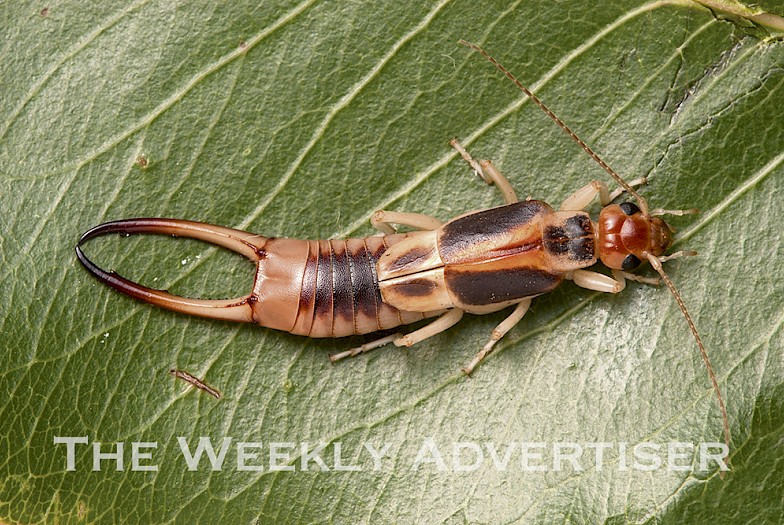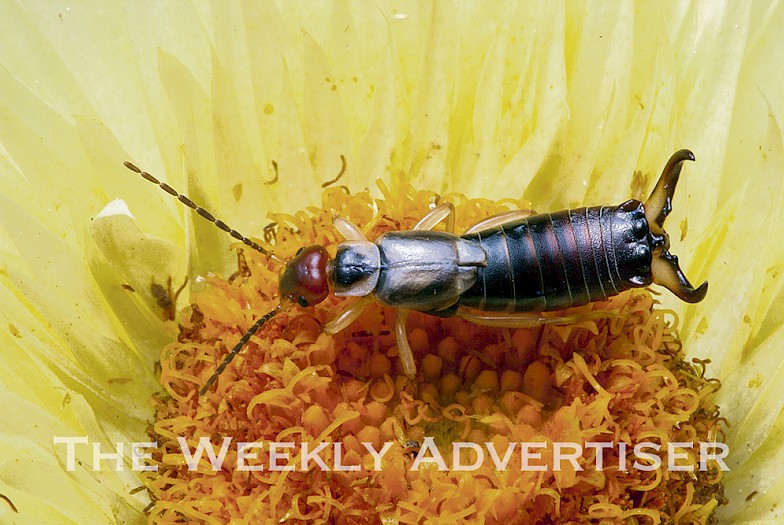If we take time to look close enough at our gardens, especially if they are loaded with plant diversity, you can often see all sorts of life in progress.
Some, such as praying mantises, bees or ladybirds, are favourites, while others such as ants, aphids and cabbage moths, can make us cringe.
Many have considered one type of garden pest we in the Wimmera are familiar with as an annual scourge that needs to be eliminated – the earwig.
This insect, which tends to make an appearance in warmer weather, attracts many responses from gardeners and the general population alike, whether based on reality or myth.
What we do know is that introduced European earwigs, Forficula auricularia, can be a serious garden and crop-attacking pest, particularly when out of control and in large numbers.
What many don’t realise is that Australia is also home to more than 80 species of native earwigs, many of them beneficial garden assistants.
The common Australian brown earwig, Labidura truncata, for example, has a penchant for feasting on soft-bodied grubs such as the apple-destroying codling moth.
Anyone growing up in gardens would have noticed these garden allies as appearing different from their European relatives. They are a lighter brown and the most notable feature is an orange triangle-shaped patch behind their heads.
Earwigs, depending on type, are omnivorous scavengers and in some circumstances, because of an apparent love of pollen, important pollinators.
Some species have wings and can fly, some don’t.
And despite their fearsome-appearing pincers, they are harmless to anything bigger than themselves.
Perhaps a key message is that when preparing to dispatch that earwig discovered under leaf litter or pot plant, have a close identifying look before you act.
In one circumstance you might be ridding yourself of a frustrating pest, but if you get it wrong you might be removing a friend.
– Dean Lawson
The entire October 9, 2019 edition of The Weekly Advertiser is available online. READ IT HERE!
me>







